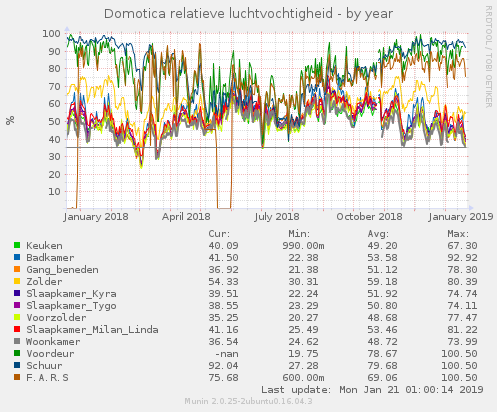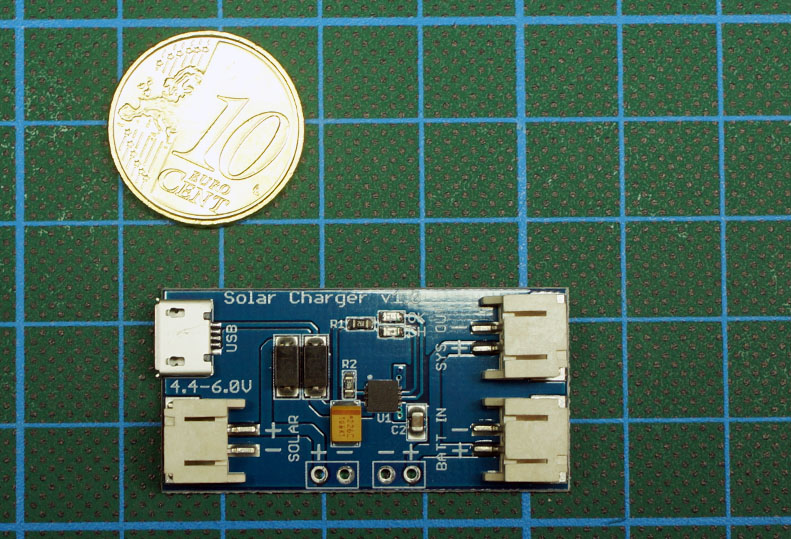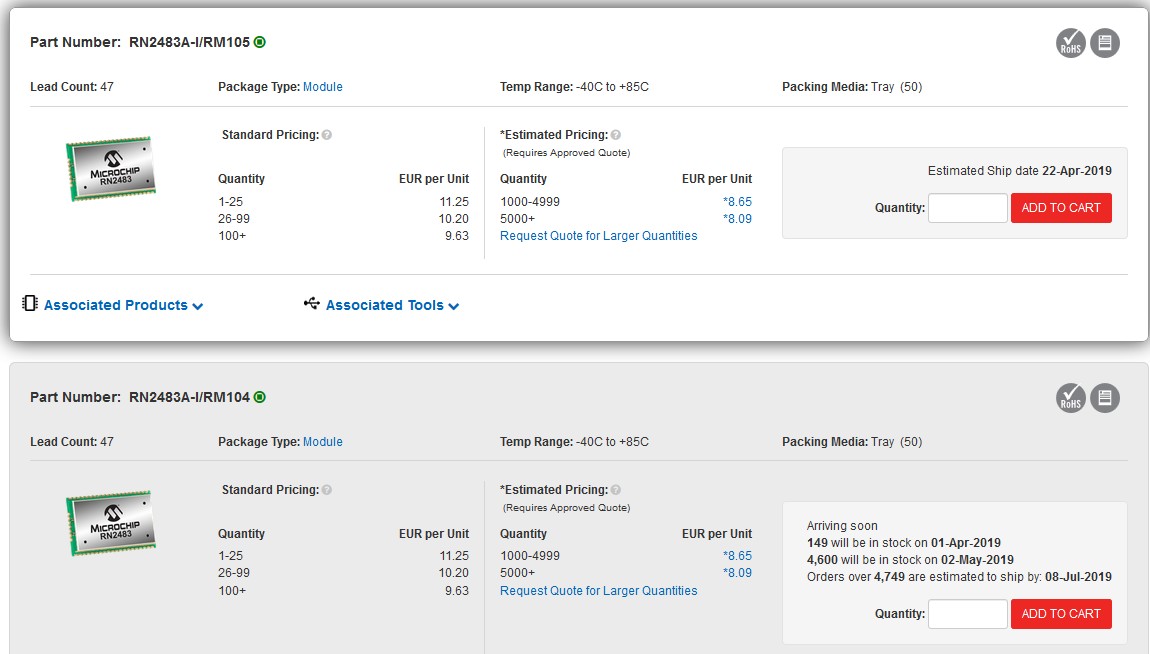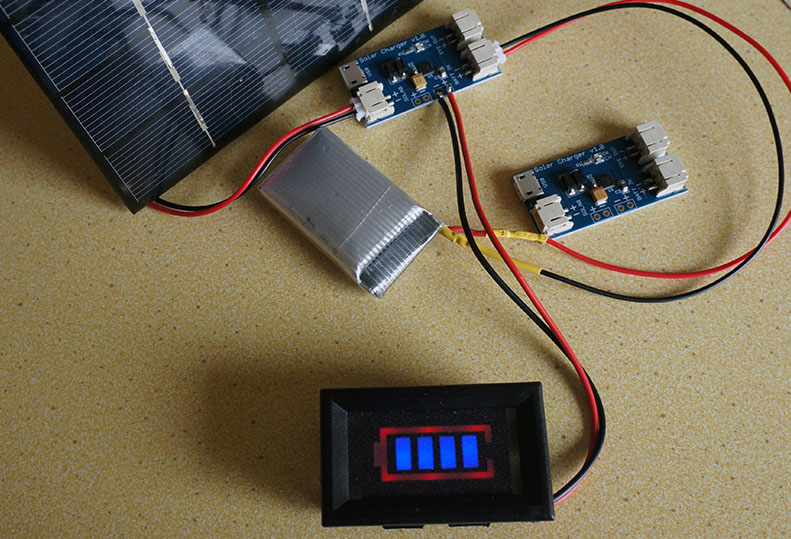
Source? Capabilities/spec?  Looks like a candidate for sensor heavy node just starting …and if capacious even a custom gateway?
Looks like a candidate for sensor heavy node just starting …and if capacious even a custom gateway?
update…ok just found the bargain basement thread link 
500mA limit…good for nodes…poss including one in mind but no good for sustaining a gw
For nodes, this one looks good as well:
Yes, have a few of these  (in part based on @BoRRoZ flagging as an option last year)…am looking for units that can be charged at same time as running as well as option of taking a small solar panel input for sustaining/extending battery life where deep sleep and extended quiet periods between sensor sampling/continuous sensor use a problem…if you find something please let me know!
(in part based on @BoRRoZ flagging as an option last year)…am looking for units that can be charged at same time as running as well as option of taking a small solar panel input for sustaining/extending battery life where deep sleep and extended quiet periods between sensor sampling/continuous sensor use a problem…if you find something please let me know! 
Also these are good but by the time you plug in a USB connector to end they can be a bit long for some types of compact node so end up hard wiring to the 3V or 5V outputs at side, making less flexible & plug & play.
Have used these with 2400mA 18650’s as USB power banks for running ‘pop-up’ GW’s for a few hours when doing field trials 
Well, as I can see on these, you don’t need the USB, you can wire directly the 3 or 5v, and they can take 6v solar panels as input.
So for the size they are not much bigger than the battery.
Just don’t know how much watts from these Chinese solar panels you would need to sustain the charge for a node (UK/NL/BE climate)
Appears to be a new Heltec board.
It doesn’t look like a Pycom clone to me, although there are similarities in its looks.
For more details see below post in Big ESP32 + SX127x topic Part 3:
I am in urgent need for 3 or 4 Microchip RN2483A modules to finish a project. They seem to be globally out of stock for 1 - 1.5 months. Is there anyone whom can sell or borrow me up to 4 modules? I live in the Amsterdam, Netherlands area.
Thanks in advance, and if this is a wee bit off topic here, my apologies.
P.S. Just saw BoRRoZ’ post. Farnell promised me end of February yesterday, but when I ordered a week ago they said that they could do 3 pieces on January 15th.
Hi Gijs,
No you’re not off topic here 
I checked and I have one rn2483 and one rn2483A in my 'stock
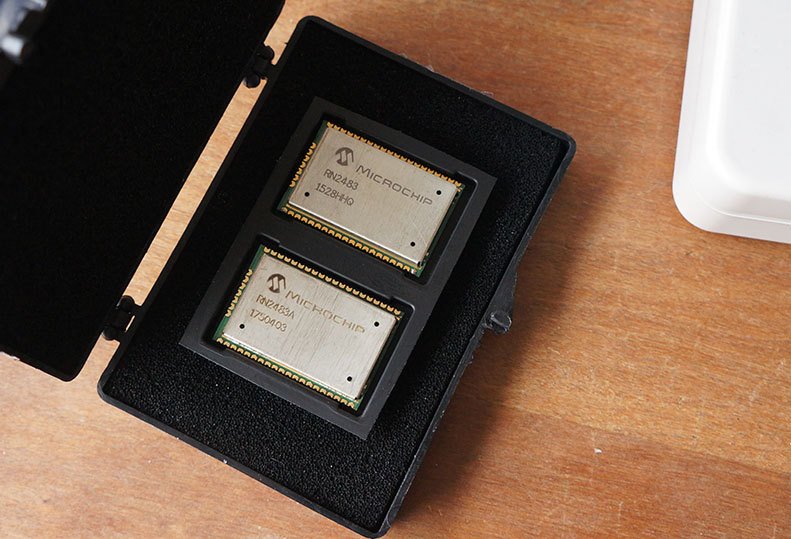
If that would help you send me a PM (in Dutch  ) sold
) sold
I have 2 RN2483A, but I am based in Brussels, and my last postage to The Netherlands took longer that I expected  so not sure if that can help…
so not sure if that can help…
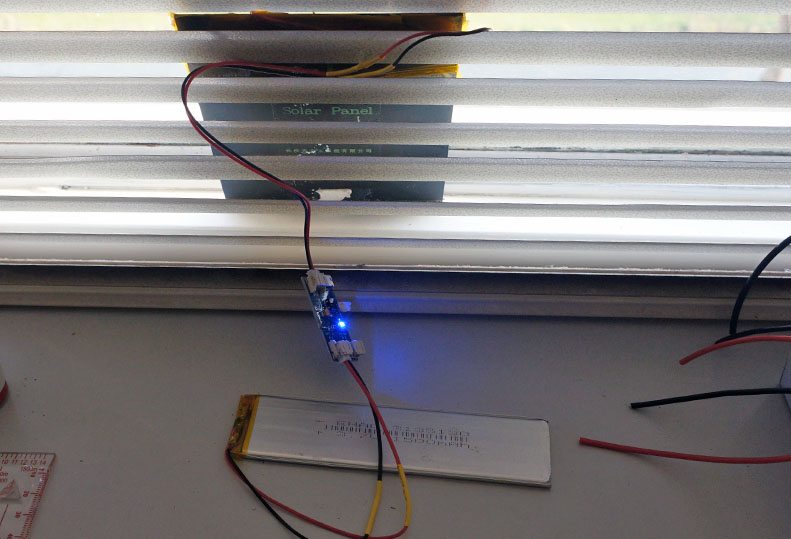
yeah ! free (1500 mA) energy 
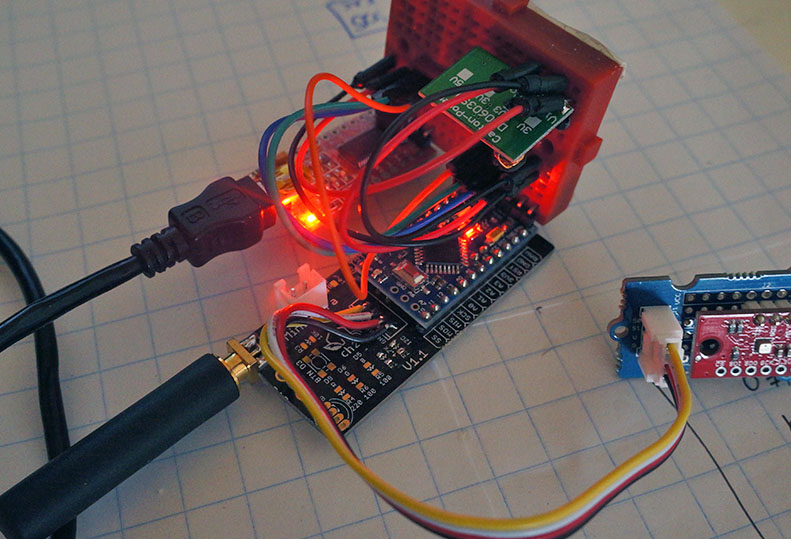
now a working node to connect to the battery
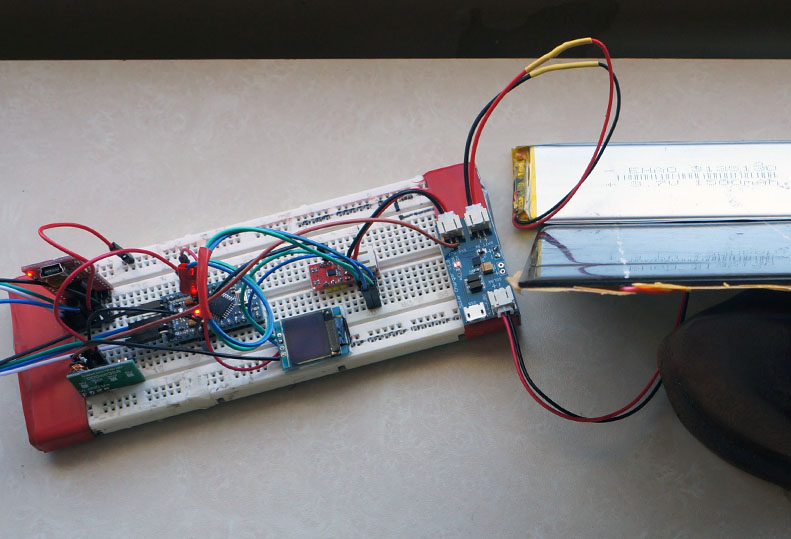
how much solar juice is left, is it enough to transmit, or shall I store the sensor data and transmit later ?
We had a cold night (for Belgium that is) with temperatures down to -8 degrees Celsius. The Lion 3.7V 18650 batteries of the outdoor meteo sensors are starting to fail occasionally when the temperature went below -5 degrees Celsius last night 
The brownouts occur when the device wants to make a Wifi connection (which requires lots of power); I think it is a good time to replace Wifi with LoRa assuming that drains less power from the battery. For now the measurements are stored on the device until a good connection can be made (probably when I take the sensor boxes inside).
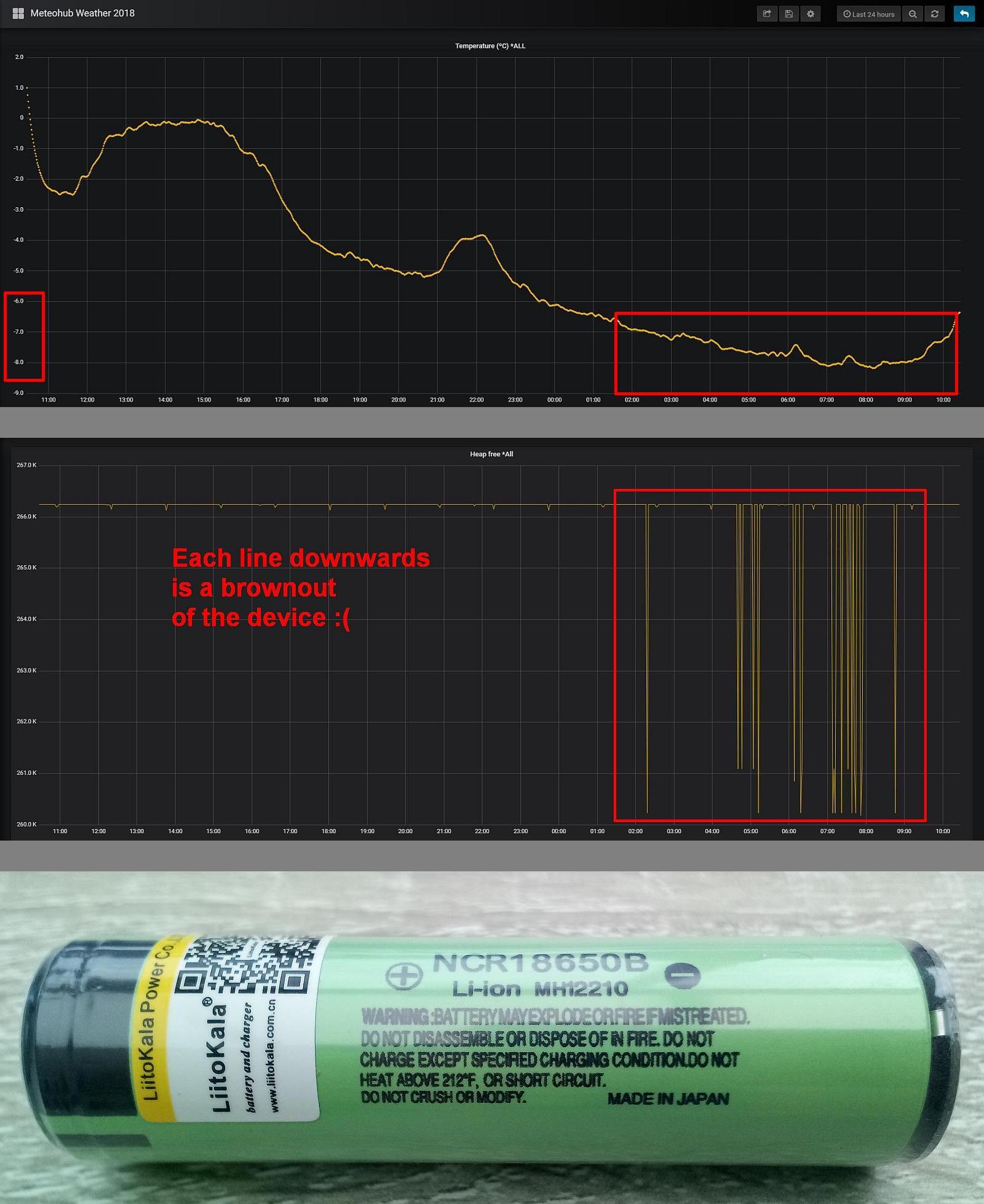
https://imgur.com/gallery/FmjUePW
-
The sensor box is 1 meter above the ground. If I put the sensor box on the soil then the battery dies even quicker. That is logical I think.
-
I hope the battery will recover by itself when the weather gets better.
-
Do you know other battery chemistries that work better (in the battery size 18650 and having 3.7V nominal voltage)?
yes that’s a known 'problem with that type batteries.
they 'recover however.
I would suggest 2x CR123A’s in series followed by a DC/DC but then you still won’t have the same capacity.
but they can stand lower temps, also 3 x AA in series (duracell long life) works but not rechargable.
if possible some insulation inside the enclosure can help ?
A chemistry that ‘works better’ is Lithium-Thionyl chloride (Li-SOCl2).
These are primary (non-rechargeable) batteries however and relatively expensive.
To save battery power try to optimize your device for low-power (even power usage for Wifi can be optimized).
See: https://www.saftbatteries.com/products-solutions/products/ls-lsh
Features & Benefits
- High operating voltage, stable during most of the application lifetime
- Highest energy density among primary lithium chemistries
- Lowest self-discharge for extended shelf and operating life
- High pulse capability, thanks to well-controlled passivation with limited voltage delay
- Excellent reliability over extended operating life
- 20 year+ design with best quality components and materials
- Wide operating temperature range, matching all environment conditions
- Low magnetic signature
Technical Specifications
- Nominal voltage: 3.6 V
- Cylindrical format: from 1/2AA to D
- Capacity range: 1.2 Ah to 17.0 Ah
- Max pulse discharge rate up to 4 A
- Operating temperature: - 60°C to + 150°C
- Non-flammable electrolyte
- Compliant with IEC60086-4, IEC60079-11 and UL1642 certified
- Compliant with the European directive RoHS and REACH
Thanks for the info. Good to know they will recover.
I also noticed that the performance of batteries vary; now only 2 out of 3 sensor boxes have failed occasionally.
“3x AA in series” is a good tip!
These Li-SOCl2 are not powerful enough (mA) when using Wifi; LoRa should work, no idea for NB-IoT.
I was told that LiFePO4 batteries are a little bit better in cold environments so I will try that next night. If they survive up to -10 degrees Celsius then that is fine for me. The downside is that their capacity is half that of Lion 18650.
Another thing is that some humidity sensors do not work anymore when humidity gets close to 90%-100% (it gets stuck at that percentage; the only solution is to cook them dry in an oven). I’m going to try to replace the BME280 with an Sensirion SHTx but I think that will have the same problem.
And tomorrow they predict -12 (i take that with a grain of salt  )
)
Yes, but not the same voltage either – Nominal voltage is 3.2V.
(I used them quite a lot, but I power my nodes directly in 3.3V)
I normaly never have this problem with my SHT15’s. My F.A.R.S. has a fan in it that forces air past the sensor. The only problem I have is corrosion of the PCB it is mounted on.
